We recently received a question from a reader about shooting volleyball action:
“Have you ever taken pictures of someone playing volleyball? If so, what kind of lens did you use?” ─Sue
We sent Sue’s question to our Creative Team member and sports photography extraordinaire, Shannon Killion. She came back with some awesome tips…
1 | Lens Choice
I switch between two lenses. I use my 35mm f/1.8 when I want to get the entire court, or most of it anyway. You have a better chance of getting the ball in the frame with that and those photos can look pretty silly without the ball.
When I want a close-up, I use the 70-200 f/2.8. I end up throwing away a bunch of shots because I miss the ball, but the facial expressions are priceless.
A lot of it depends on the gym itself and how close I am to the court. I do think that a prime lens is really important, as well as shooting in manual. Gym lighting is a disaster and it is better to have more control.
Here are four photos and a little info about each:
2 | Freeze Action with Shutter Speed
This one is ok. I managed to get the ball but not the net, so I might have been better off shooting with a slightly wider lens. Notice the slight blur in the setter’s hands. The shutter speed needs to be a little higher.
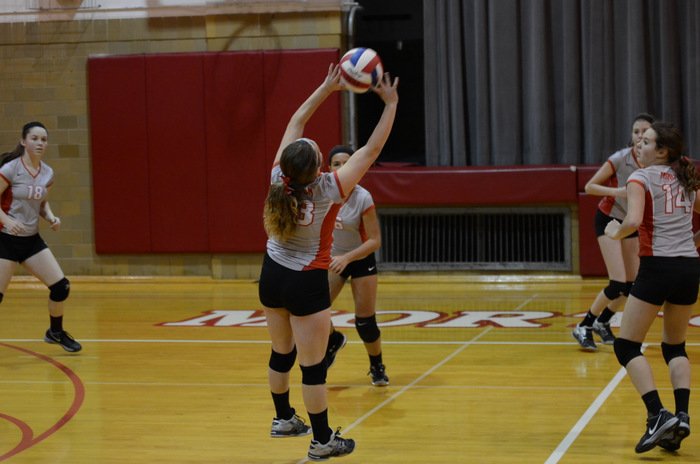
70mm, f/2.8, 1/320, ISO 2000
3 | When to Use a Zoom
Obviously, this gym in this photo has better lighting. This is by far my favorite image this season. I needed the 70mm because their bleachers were farther from the court and I was high up.

70mm (cropped later) f/2.8, 1/500 ISO 1250
4 | When to Use a Wide Angle
We were in a tiny gym and I regretted not bringing my 35mm. It’s a great shot, but would have been better a little wider so that we could see just how high off the ground the hitter was.
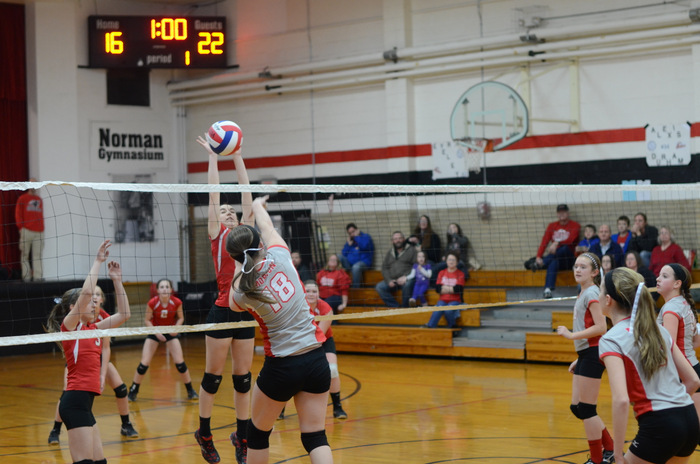
50mm, f/2.2, 1/500 ISO 1250
5 | Storytelling
I was in the bottom row of the bleachers, which is a really fun angle for your wider lens because you can see the ball as well as the jumping ability of the middle blocker. You do lose some of the intimacy with the wider lens, but sometimes it tells the whole story better.
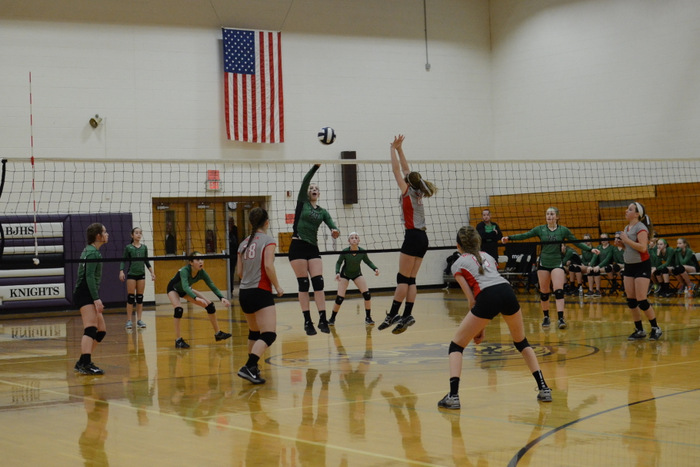
35mm f/2.5, 1/500 ISO 2000
6 | A few last thoughts:
- Shoot in continuous mode and hold that shutter down for a better chance of capturing the ball in the frame.
- Experiment with different locations in the gym.
- Shoot wider than you think you need to. You can always crop a little later.
This should get you started photographing your child’s next volleyball match. If you have a favorite tip not mentioned above, we’d love to hear it in the comments below!

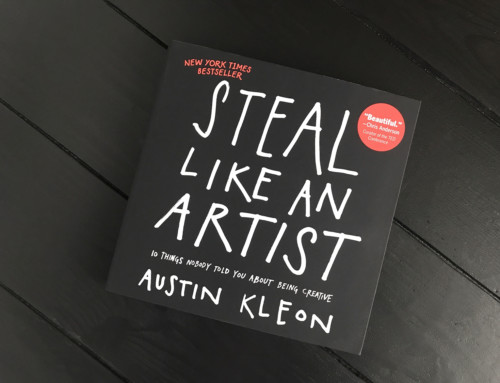
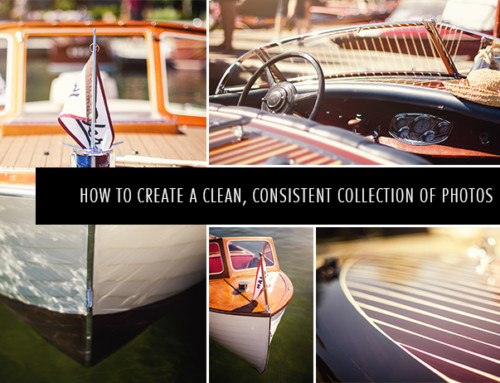
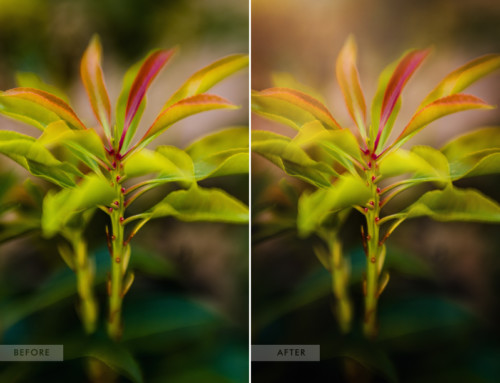
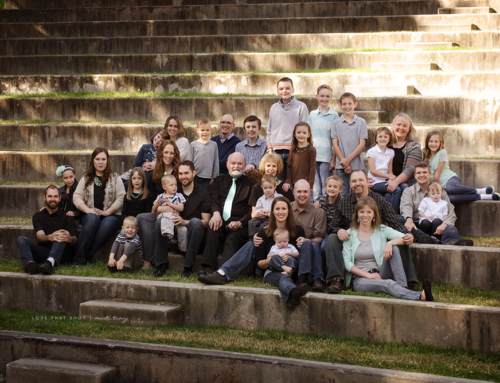
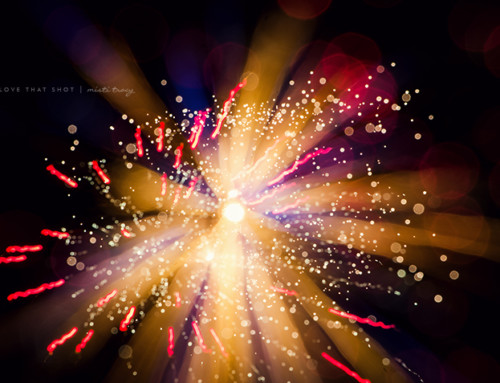


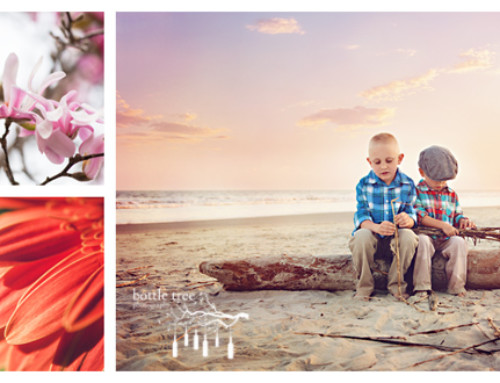

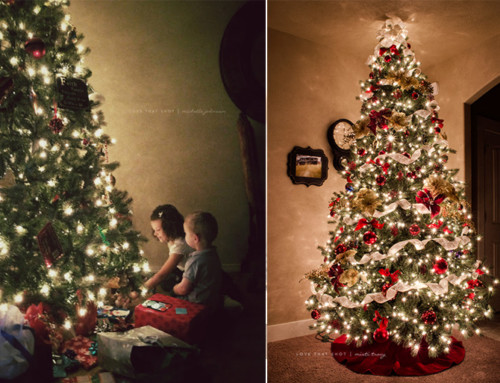
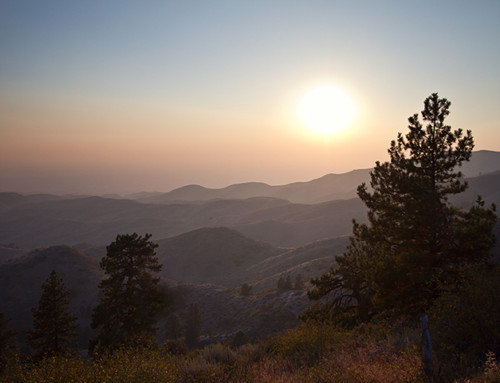
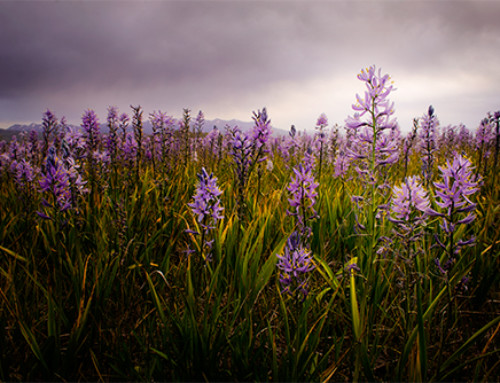
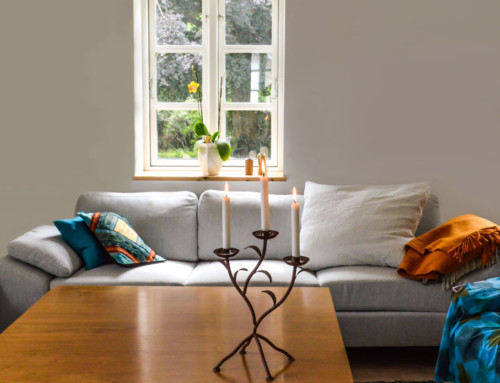

Leave A Comment